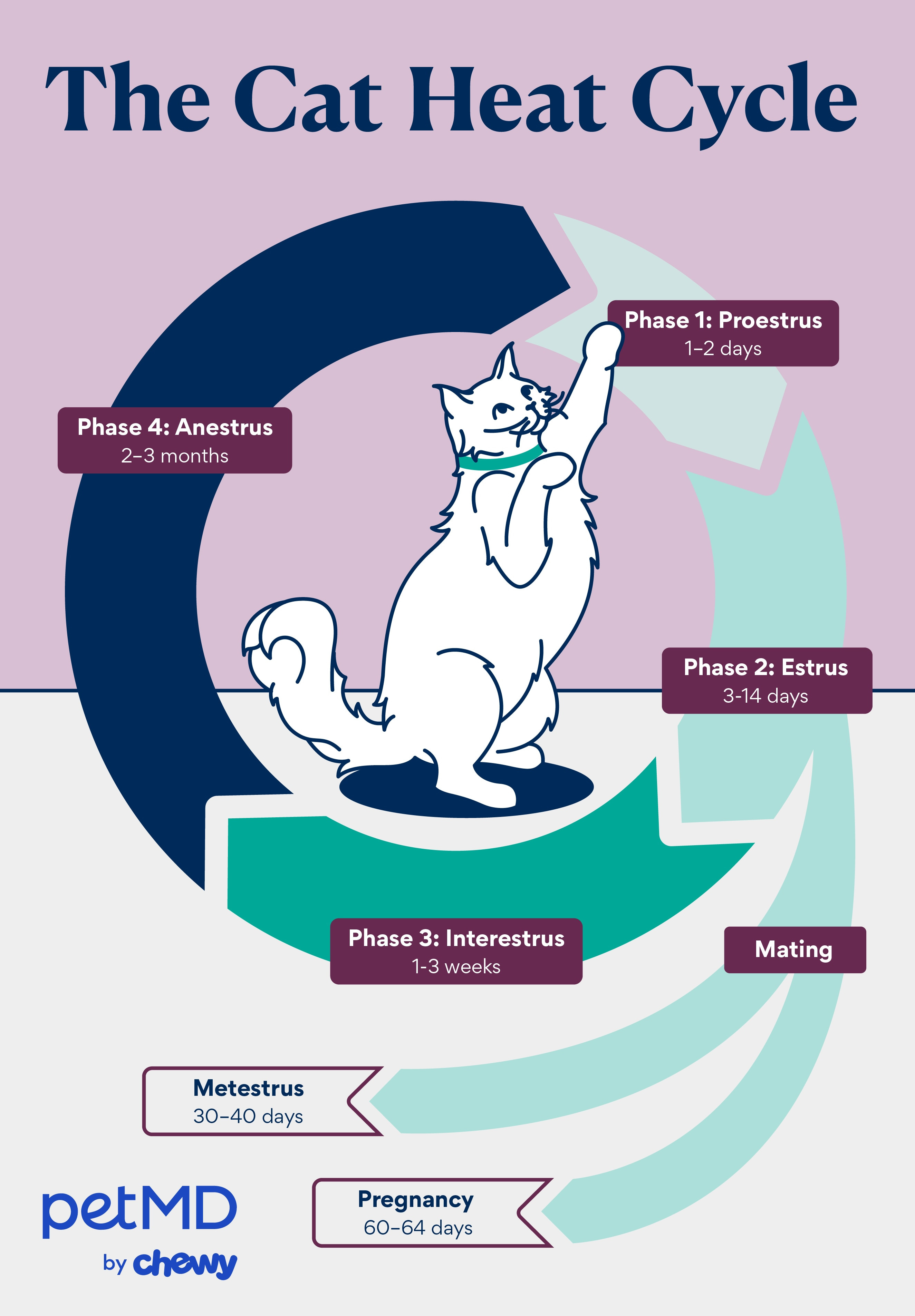It’s a common question among pet owners, especially those new to cat ownership: do male cats experience heat cycles like female cats? The short and direct answer is no, male cats do not go into heat. However, the complexities of feline reproductive behavior can lead to confusion. While male cats don’t have estrous cycles, they are very much influenced by the reproductive status of female cats and have their own set of behaviors driven by hormones and instinct.
To understand this better, let’s delve into the world of feline reproduction and clarify the differences between male and female cat reproductive behaviors.
Male Cats and Sexual Maturity (Not Heat)
Unlike female cats who have cyclical heat periods, male cats are always potentially fertile once they reach sexual maturity. This typically occurs around 5-7 months of age, but it can vary depending on breed and individual development. Instead of going “into heat,” male cats become sexually mature and responsive to the cues of female cats in heat.
Think of it this way: female cats have a cycle of readiness to reproduce, while male cats are always in a state of reproductive readiness after puberty, waiting for the signal from a female. This signal is primarily the scent of a female cat in estrus.
What Happens When Female Cats Are in Heat? (And How Males React)
When a female cat (queen) goes into heat, her body releases pheromones and hormones that signal her fertile status to male cats. These signals are powerful and can trigger significant behavioral changes in intact (unneutered) male cats.
Here’s how male cats typically react to a female cat in heat:
- Heightened Sense of Smell: Male cats have an incredibly sensitive sense of smell, and they can detect the pheromones of a female in heat from a great distance. This is why you might see unneutered male cats suddenly appearing around your house if there’s an unspayed female cat in the neighborhood.
- Increased Vocalization: Just as female cats become more vocal during heat to attract males, male cats also become more vocal when they detect a female in heat. This vocalization can range from loud meowing and yowling to caterwauling, often described as a deep, guttural sound. This is their way of announcing their presence and availability to the female.
- Spraying: Urine spraying is a common behavior in intact male cats, and it becomes even more frequent and intense when they sense a female in heat. Spraying is a way for male cats to mark their territory and leave scent signals for females. The urine of a spraying male cat has a strong, pungent odor.
- Restlessness and Agitation: The hormonal drive to mate can make male cats restless, agitated, and even aggressive. They may pace, try to escape outdoors, and show increased irritability.
- Loss of Appetite: Some male cats may lose their appetite when they are focused on finding and mating with a female in heat.
- Following the Scent: Male cats will actively seek out the source of the female pheromones. This can lead them to roam far from home and put them at risk of getting lost, injured in traffic, or involved in fights with other males.
 Illustration depicting a cat's head, used to represent feline behavior and sensory perception.
Illustration depicting a cat's head, used to represent feline behavior and sensory perception.
These behaviors are not signs of a male cat “going into heat,” but rather signs of a male cat reacting to a female cat’s heat cycle. It’s a hormonal and instinctual response driven by the desire to reproduce.
Signs Your Male Cat is Reacting to a Female in Heat
While male cats don’t have heat cycles, you might observe the following signs if your intact male cat is reacting to a female in heat nearby:
- Excessive vocalization (yowling, caterwauling)
- Urine spraying, especially indoors
- Increased restlessness and pacing
- Attempts to escape outdoors
- Aggression or irritability
- Reduced appetite (in some cases)
- Following scents intently
It’s important to differentiate these behaviors from signs of illness or other behavioral problems. If you’re unsure why your cat is behaving differently, it’s always best to consult with your veterinarian.
Neutering: The Solution for Managing Male Cat Sexual Behavior
Neutering (castration) is the surgical removal of a male cat’s testicles. This procedure significantly reduces the production of testosterone, the primary male sex hormone. Neutering has a profound impact on male cat sexual behaviors:
- Reduces or Eliminates Spraying: Neutering dramatically reduces or eliminates urine spraying in most male cats.
- Decreases Roaming and Fighting: The urge to roam and fight for mates is significantly reduced after neutering, making neutered males less likely to get into dangerous situations.
- Reduces Vocalization: While neutered males may still vocalize, the intense caterwauling associated with reacting to females in heat is typically eliminated.
- Improves Overall Temperament: Neutered male cats are often calmer, more affectionate, and less prone to aggression related to territoriality and mating.
Neutering is beneficial not only for managing unwanted behaviors but also for the health and well-being of male cats. It eliminates the risk of testicular cancer and reduces the risk of certain prostate problems.
Common Misconceptions About Male Cat “Heat”
The idea that male cats “go into heat” is a misconception likely stemming from observing the dramatic behavioral changes in male cats when they detect a female in heat. People might assume this is a male equivalent of the female heat cycle. However, it’s crucial to understand that:
- Male cats do not have cyclical hormonal changes like female cats. Their reproductive readiness is constant after sexual maturity.
- The observed behaviors are reactions to external stimuli (female pheromones), not an internal cycle.
- Neutering is a highly effective way to manage these behaviors because it reduces the hormonal drive behind them.
In Conclusion
While male cats don’t experience heat cycles, their reproductive behavior is strongly influenced by female cats in heat. The behaviors you might observe – vocalization, spraying, restlessness – are not signs of “male heat” but rather reactions to the presence of a fertile female. Neutering is the responsible and effective way to manage these behaviors, prevent unwanted litters, and contribute to the overall health and well-being of your feline companion. If you have an unneutered male cat, discuss neutering with your veterinarian to learn about the benefits for your cat and your household.


